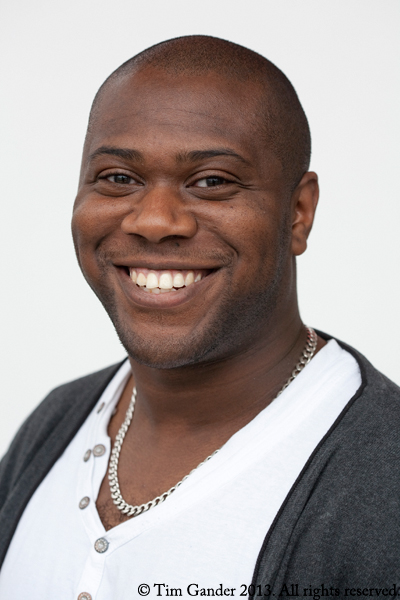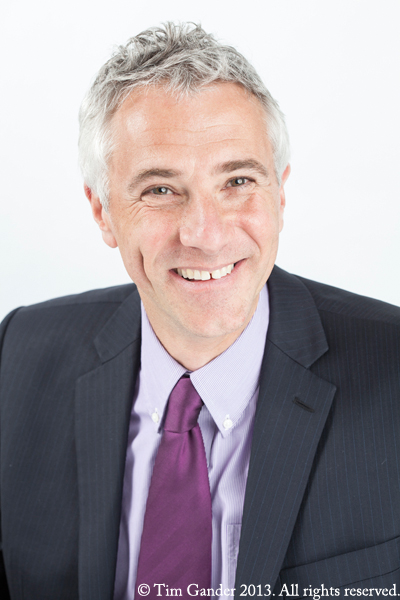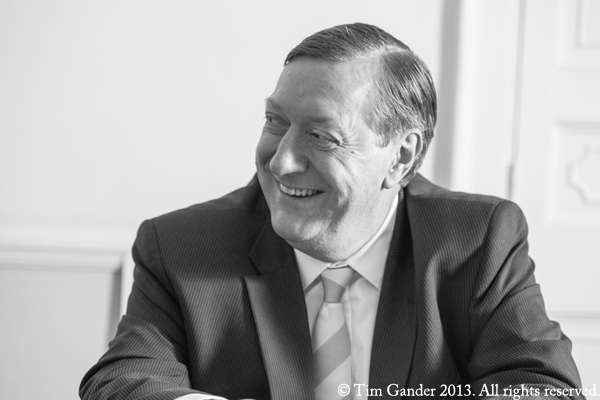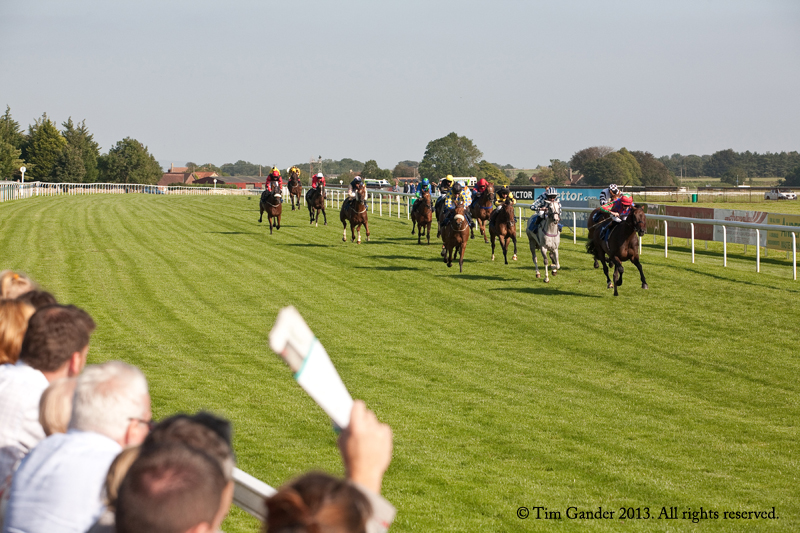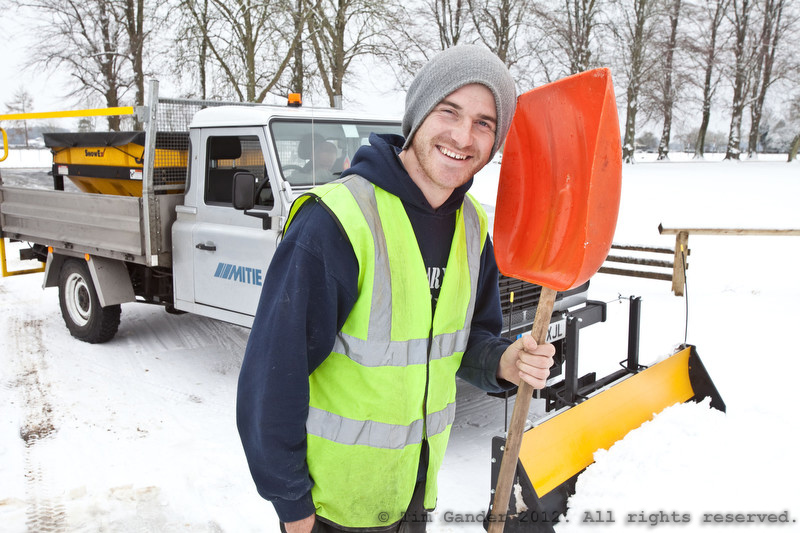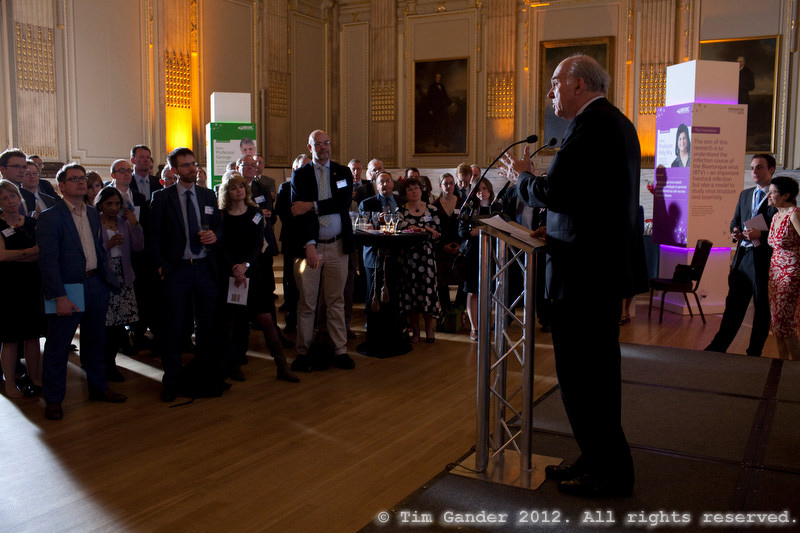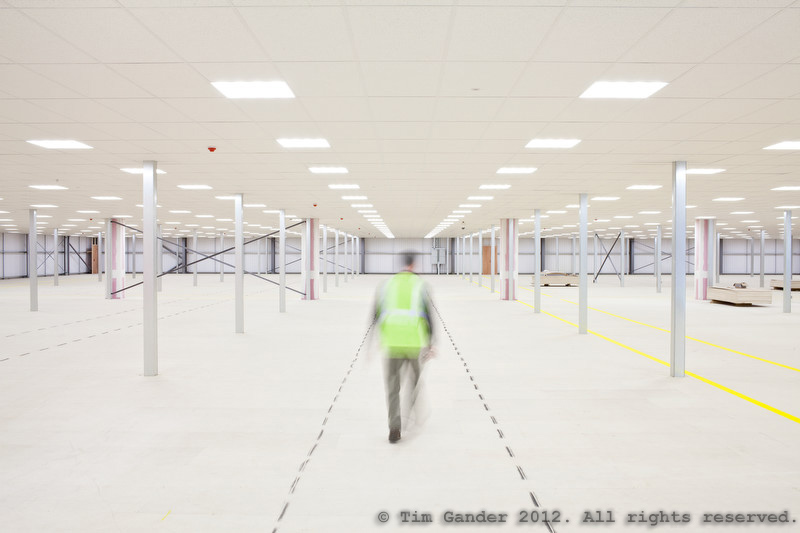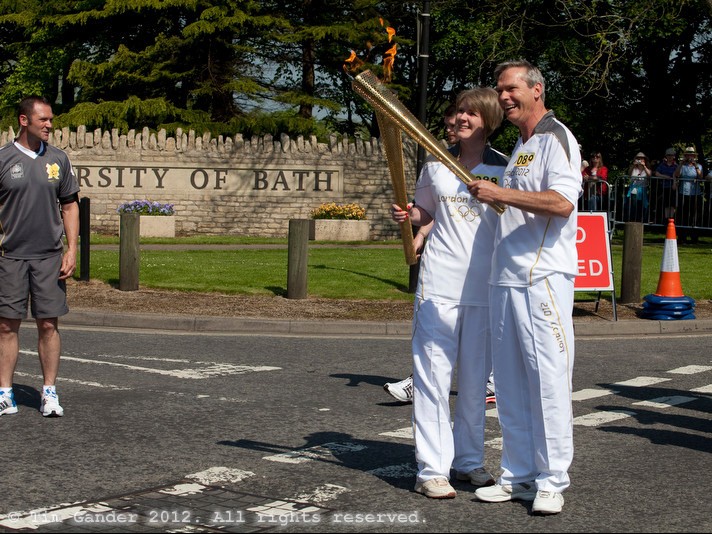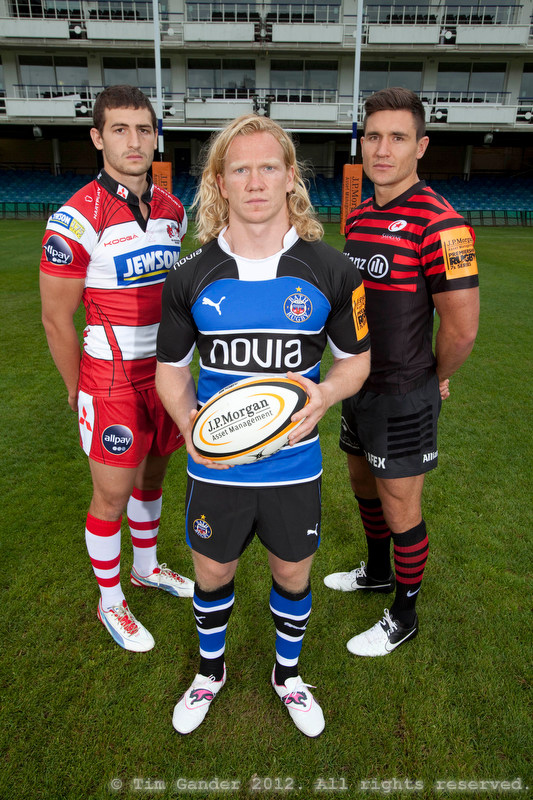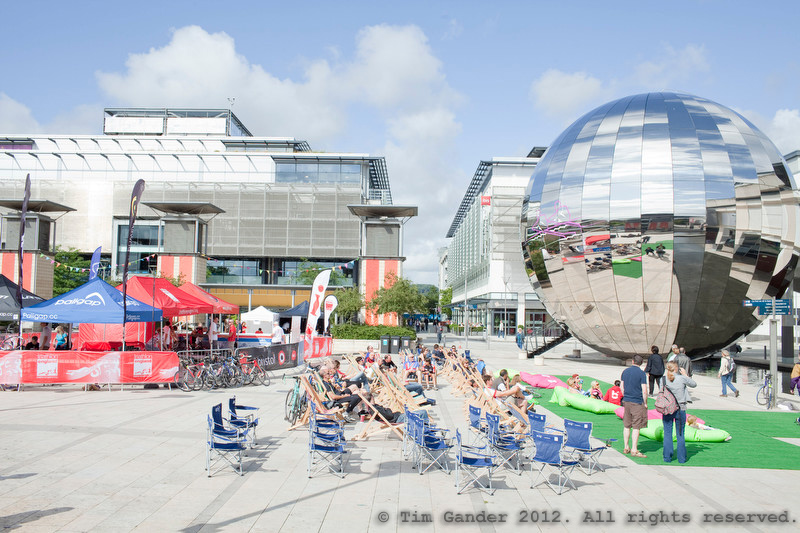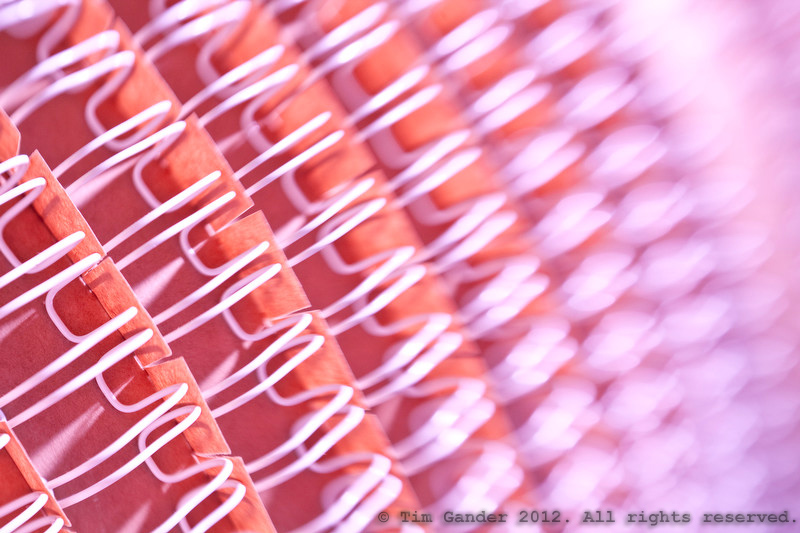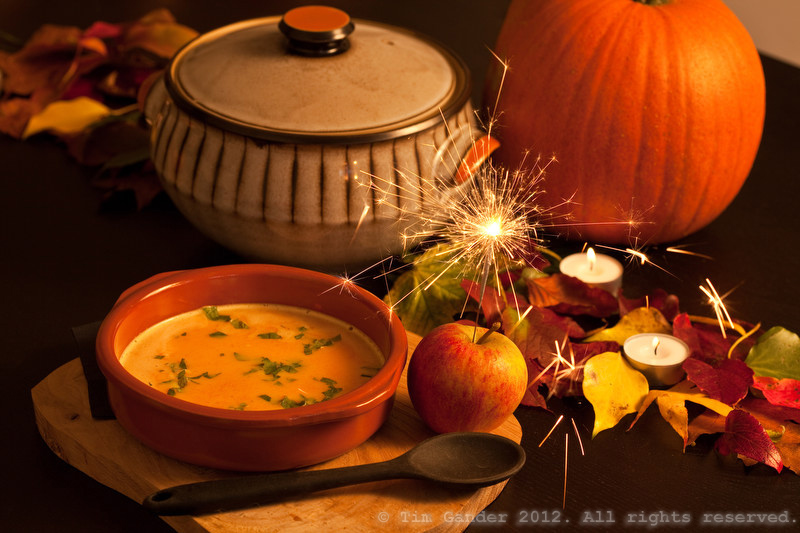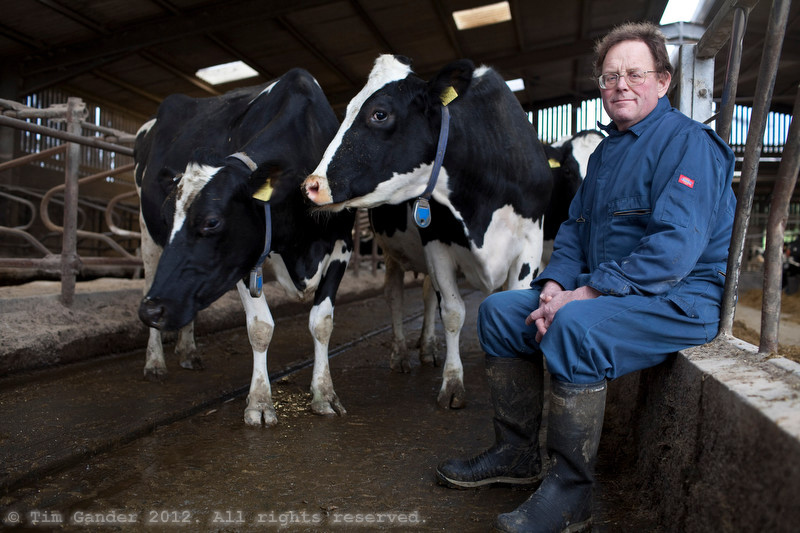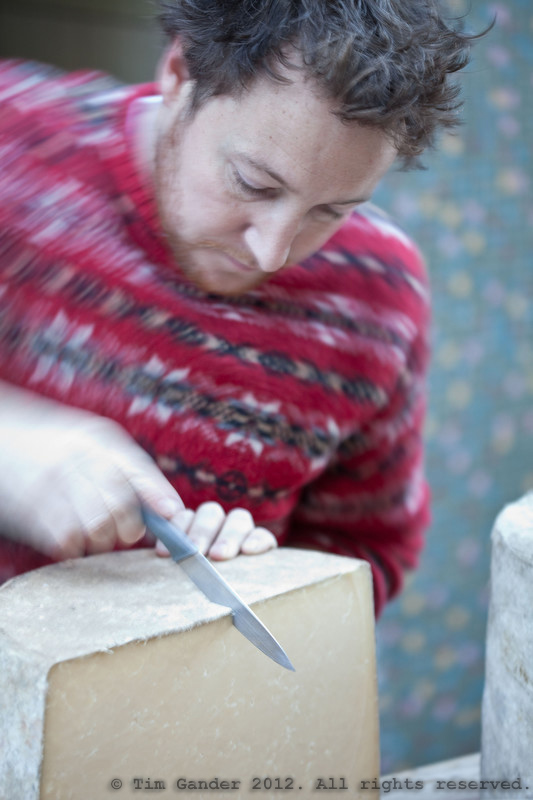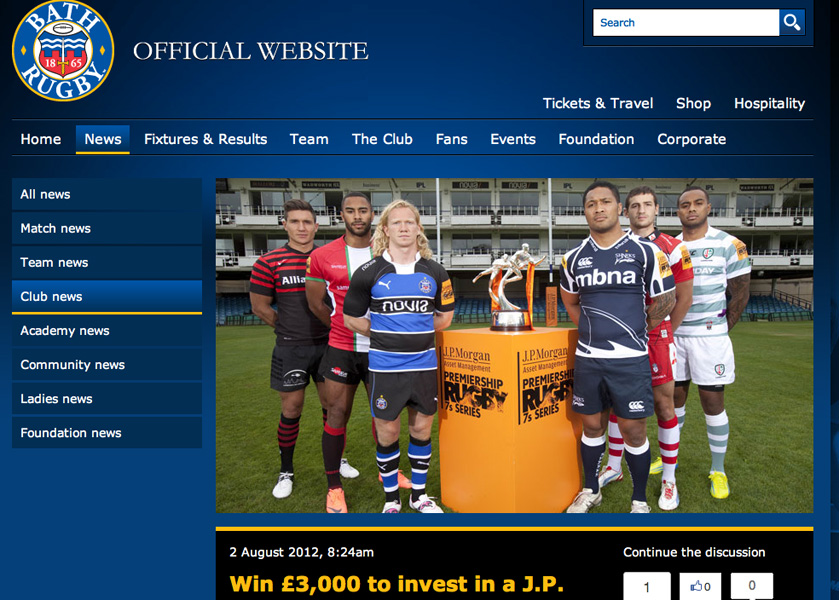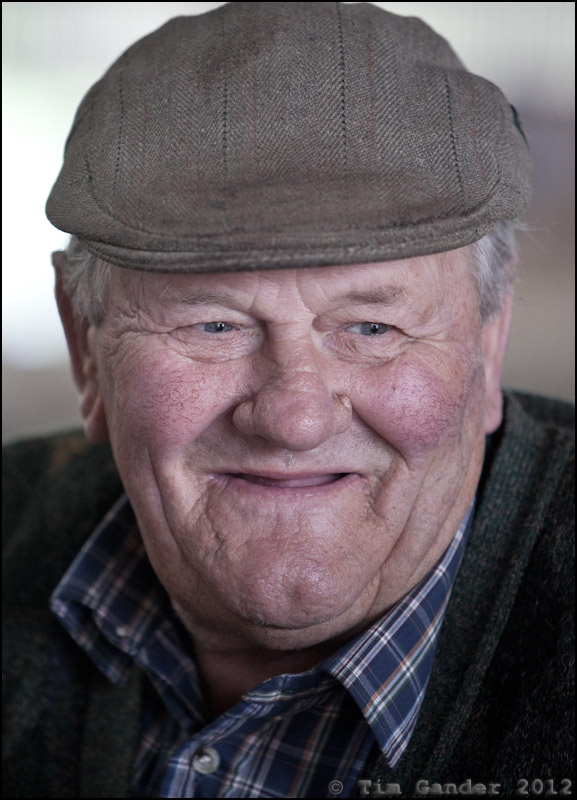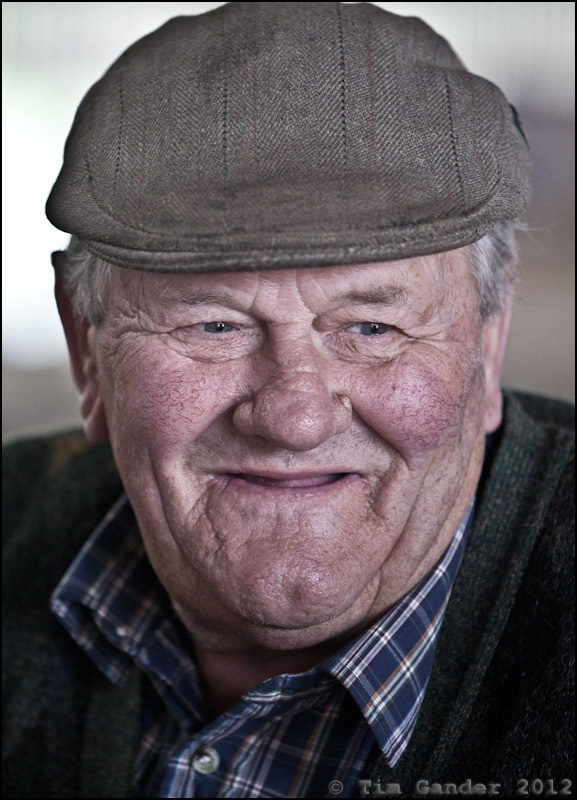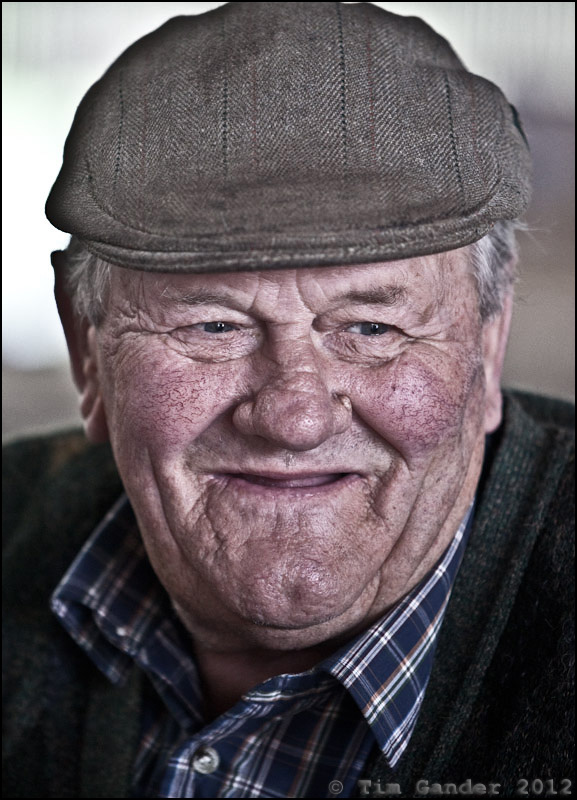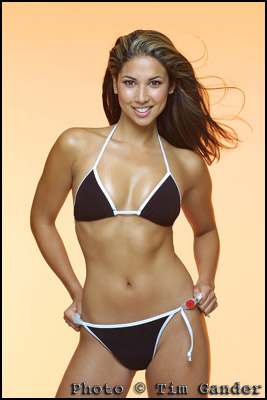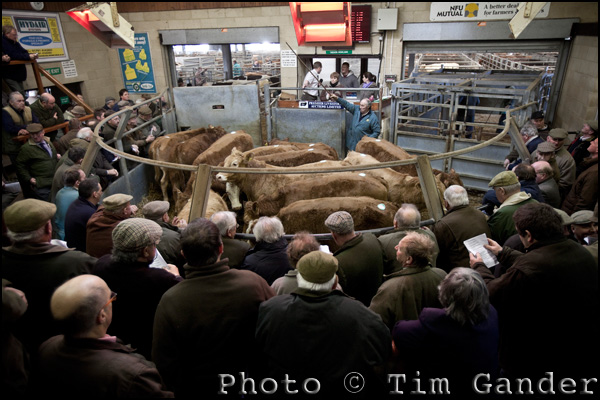One thing I’ve managed not to bang on about for a while is the importance of good quality portrait photos in business, by which I mean genuine photos, well-executed of the people within an organisation, at the very least the key people who need to be the face of the business.
I’m happy to say that fewer businesses and organisations are now using stock imagery as a way to project themselves. Of course it’s still a popular source of images for websites and brochures, but people understand more than ever the importance of including their own personalities in their marketing, but having taken the decision to commission some “real” photography, what other decisions follow from that?
The key decision is what style to go for. A portrait can be formal, informal, serious, light, it can be taken indoors, outdoors, subject looking to camera, subject looking off-camera. There are infinite angles and permutations and most clients want a selection of styles and moods so they have a library of images to call upon for different requirements.
The limiting factor to all this might be how many people need to be photographed within the time available, and how much time each sitter has before they must get back to their desk or their next meeting.
I often find myself allocated a room in which to set up my lights and perhaps a backdrop, but even this basic setup can allow for quite a variety. Outdoors shoots often take longer because the environment is less easily controlled and the location is usually some distance from the office.
It’s important to have a think about the mood and the style of the shots required and the context into which they’ll be published. I’m happy to discuss all this with clients looking for guidance, and of course I’ll talk to their designers too.
Perhaps the most important thing about having portraits done is to remember that these aren’t for the mantlepiece or the family album, they’re for communicating personality and values to clients, which is something stock images cannot do.
I’ve plucked a few random portraits from my archive to give some ideas of what’s possible. There are many more possibilities than I can ever show you.

